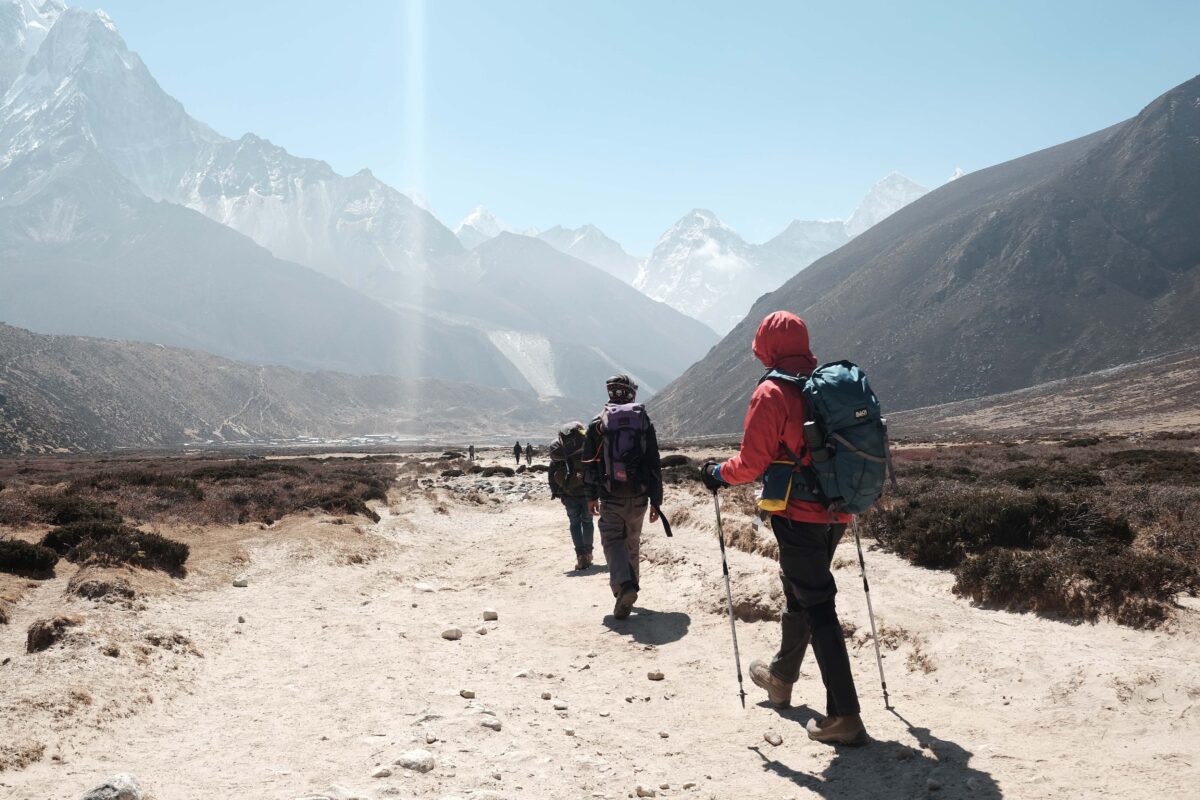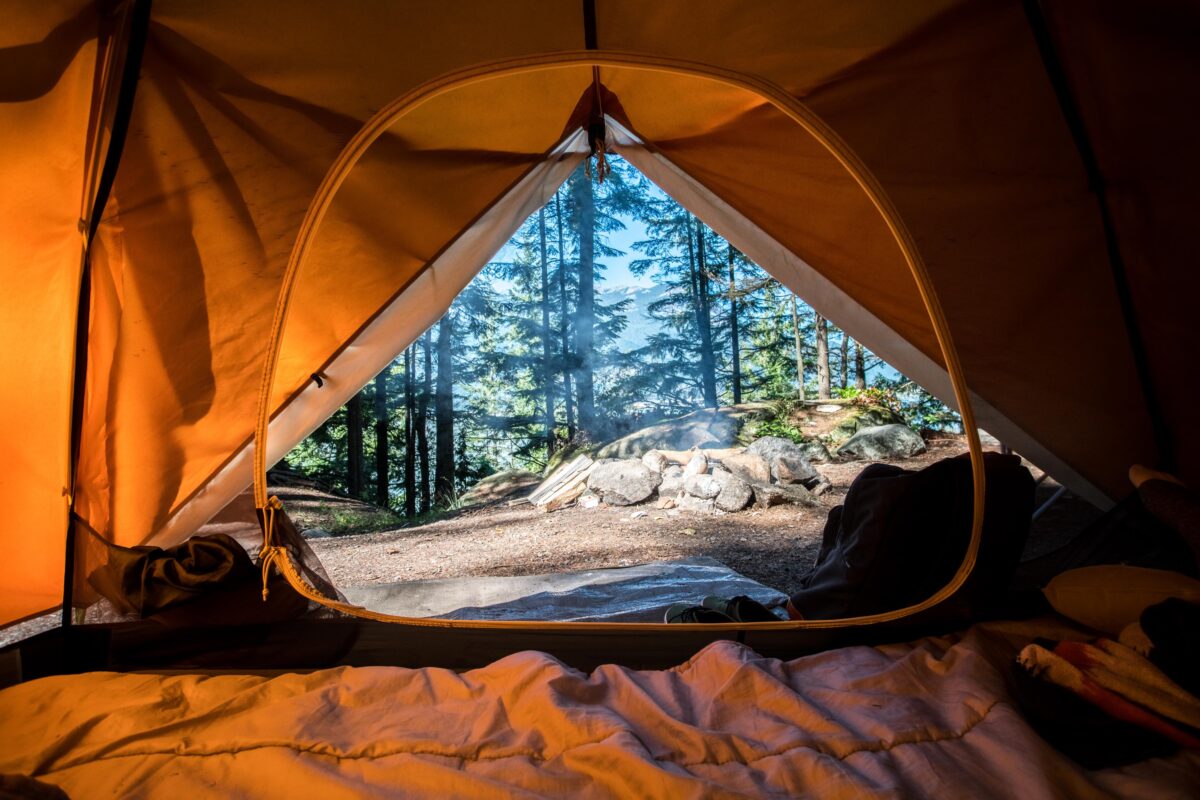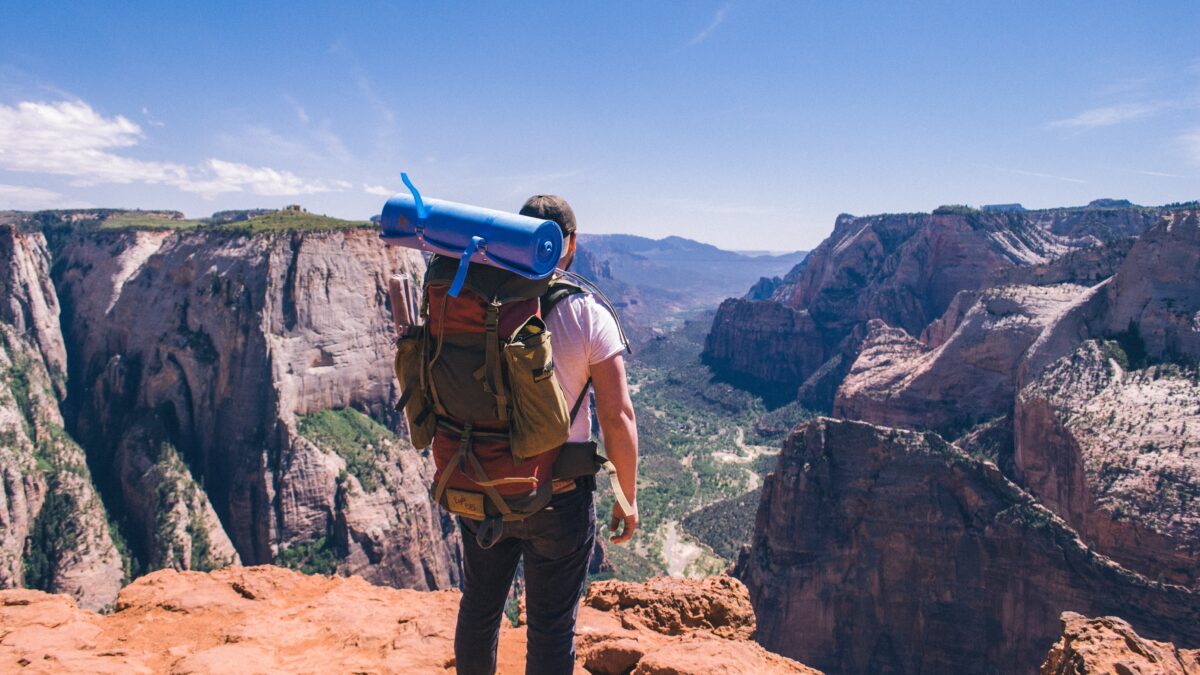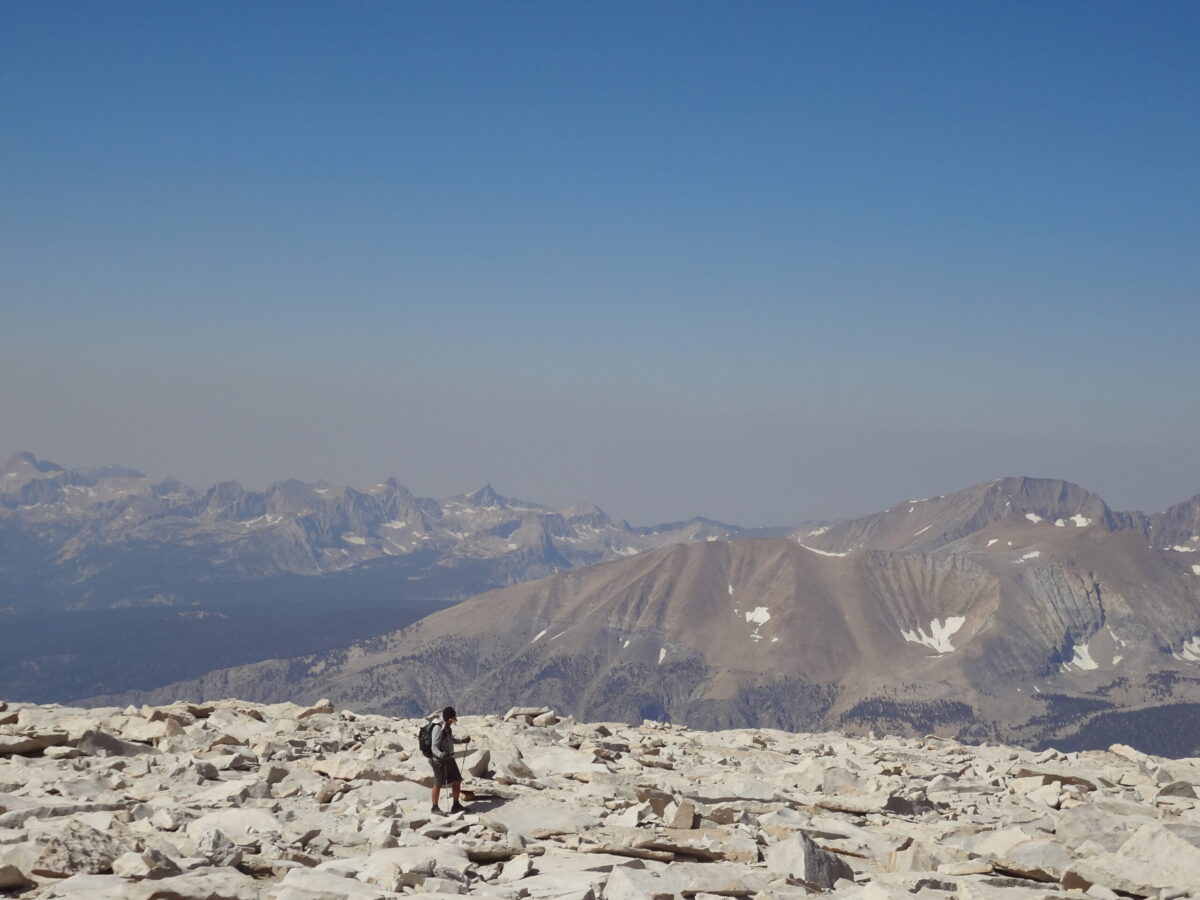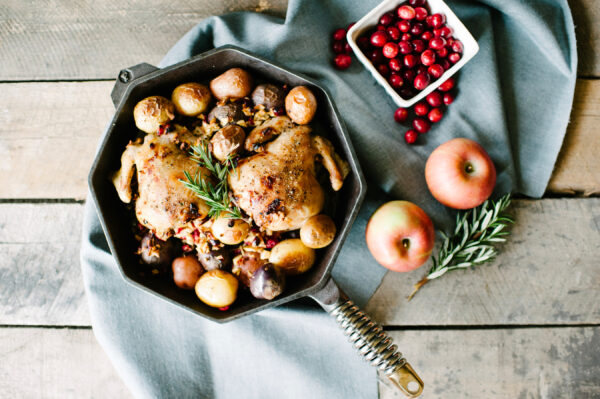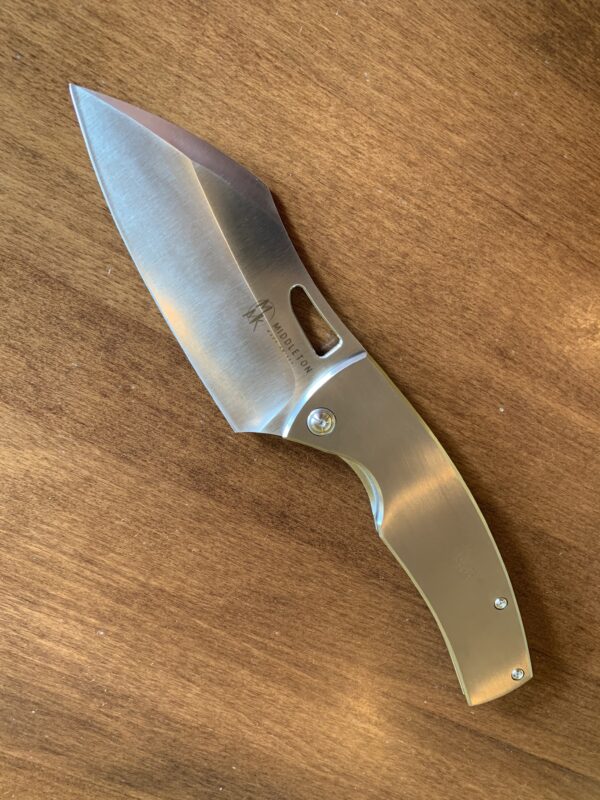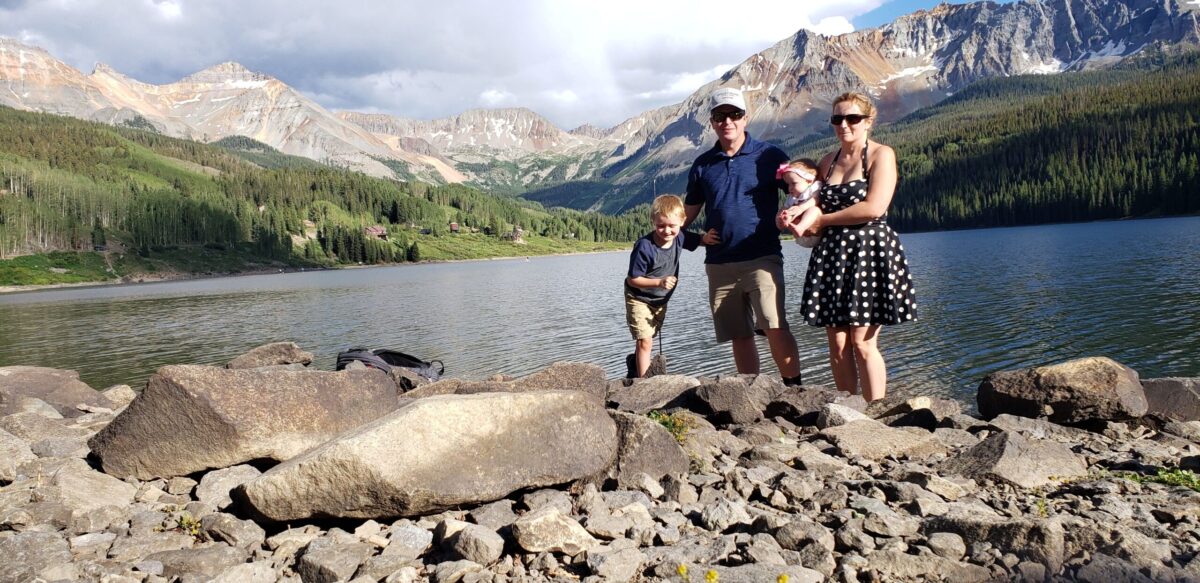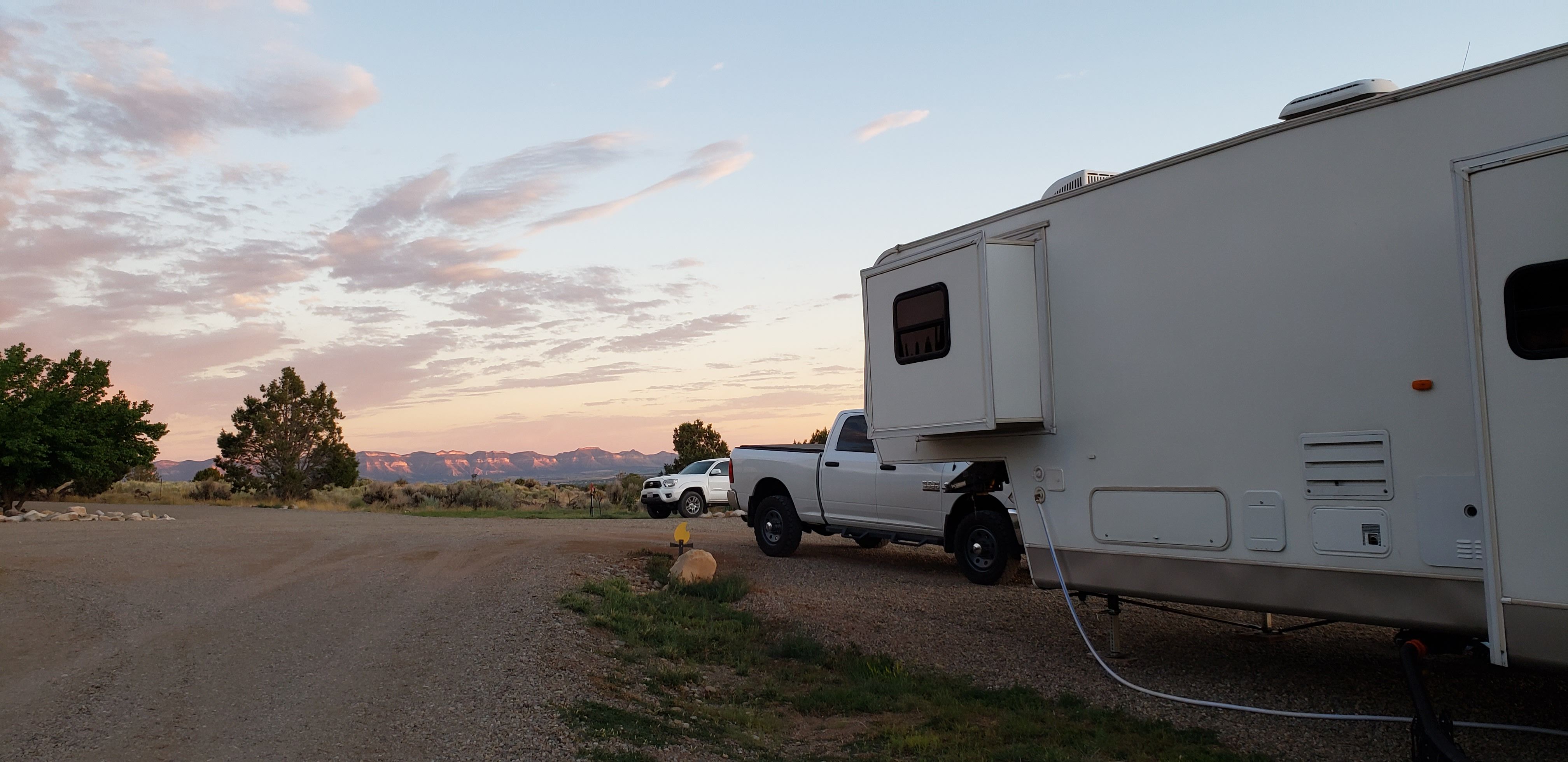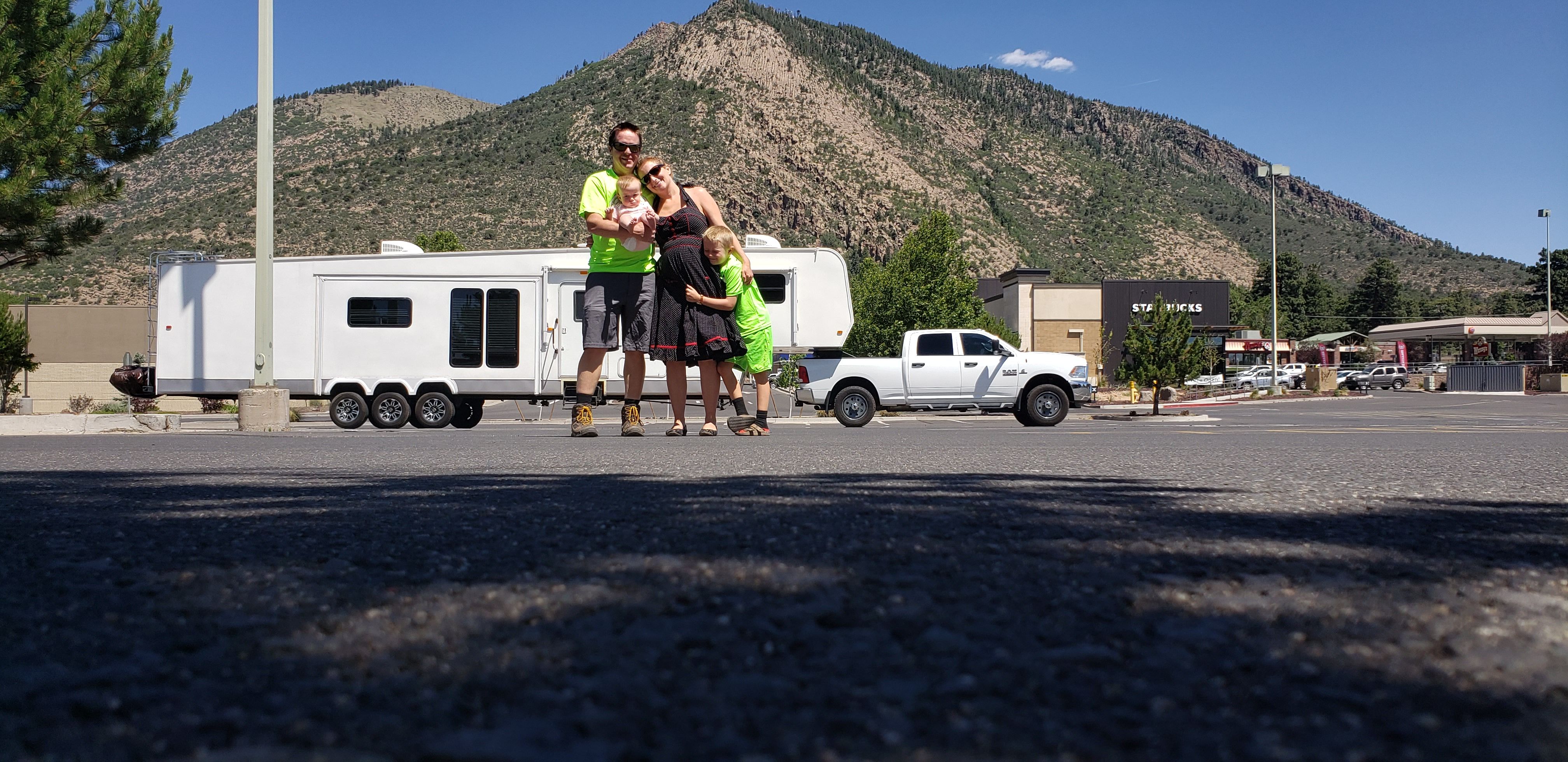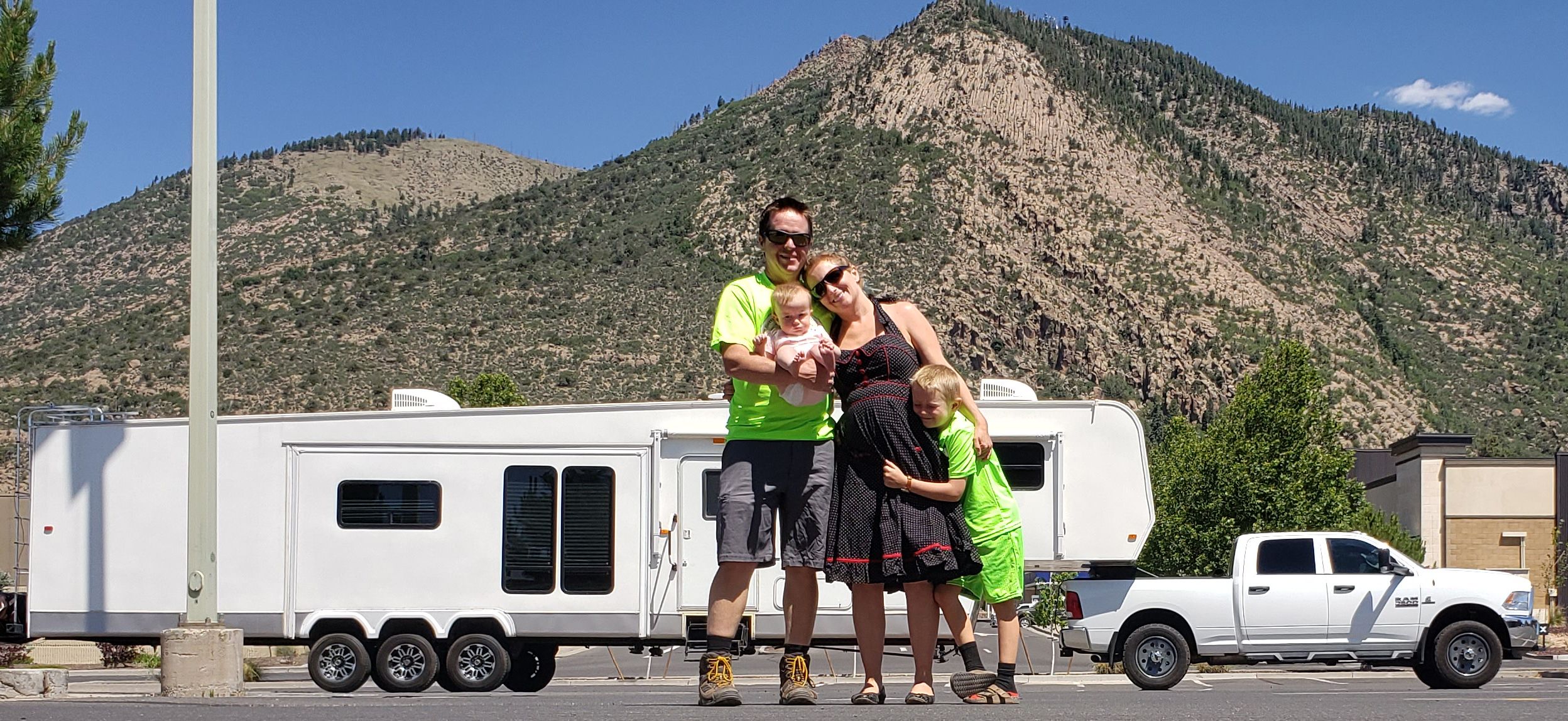Growing up in Minnesota, outdoor activities never ended despite the cold winters. We just had to adapt to the weather and changing seasons. With the right equipment and know-how, you can camp all year, even during the coldest months!
Entering any new type of outdoor recreation, even as a seasoned camper or backpacker, can be intimidating. Throw in a few life-threatening conditions like extreme cold and snow, and it’s even harder to make that leap.
Cold weather camping doesn’t have to be scary or even really that dangerous! This guide will help you break into cold weather camping with confidence and prepare you to invest in the right equipment before you go.
What is cold weather camping?
If you research cold weather camping, you’ll find varying definitions. As a general range, anything below 50°F (10°C) can be considered cold weather camping. Other experts and winter enthusiasts may express that temperatures should be closer to freezing (32°F/0°C) to fit in that category.
To me, the best distinction between those discrepancies is to classify cold weather camping and winter camping differently. When cold weather camping, temperatures may be low, there may be some moisture, but it’s likely not cold enough for snow.
Freezing temperatures are expected when winter camping, and may include some snow and ice. A lot of this boils down to the climate and area you are camping in. For instance, winter in the Sonoran desert may have cold temperatures but will likely have less snow than winter in the Cascades.
Get to know the area, climate, and weather patterns. Then, you can begin to prepare for the journey ahead.
Considerations for winter camping
Since temperatures and weather patterns are the main differentiating factors from warm weather camping and winter camping, there are varying considerations when prepping for a trip or buying gear.
Things to think about before you go winter camping:
- Weather conditions: keep an eye on the weather and consider bringing a GPS device with satellite weather information.
- Terrain: if there is lots of snow, know how you will cover ground and pitch a tent in the snow, as well as if there is ice, rocks, or glaciers in your path.
- Getting enough calories and food: eating and drinking enough is vital in winter conditions, and eating nutritious meals can help you stay warm. Plan warm meals for morning and night and pack additional nutritious foods to eat throughout the day.
- Water sources: remembering to hydrate can be hard when it is cold outside, so schedule breaks that include drinking water. Plan water sources accordingly, knowing they may be frozen and what to do in those situations. Pack a few warm drinks like tea to up your water consumption as well.
- Cold injury prevention: a first aid kit is a must in the back-country. Familiarize yourself with cold-weather injuries like frostbite, wind-burn, and the signs of hypothermia.
- Cold weather gear: pack the appropriate sleeping gear, boots, shelters, stoves, etc., for the conditions at hand. For example, not all fuels work at high altitudes or low temperatures. Not all shelters are built for winter conditions. Get to know your gear and invest in equipment that will keep you warm and safe.
- Dress appropriately: your wardrobe needs to reflect the weather. Invest in proper boots, gaiters, traction devices, and learn to layer your clothing to cut down on the volume and optimize heat retention and warmth when hiking and when you’re in camp.
Many of these considerations overlap with standard backpacking preparation but are applied to a cold-weather setting.
Leave No Trace
Always follow Leave No Trace principles when camping or backpacking. Cold weather camping includes the same general rules, with some modifications.
A few of those modifications include:
- Only travel on trails when the ground is exposed, otherwise, travel on deep snow as much as possible.
- Camp on deep snow if possible and only in designated areas.
- Pack out all waste, especially human waste. When camping on snow, wag bags make this easy to do.
- When having a fire, use dead and down wood. Never cut or break tree limbs.
- See all Leave No Trace Winter Recreation ethics and best practices on their website.
What do you need for cold weather camping?
Among the planning considerations for winter camping and backpacking, gear will significantly impact your experience. A part of getting the right equipment for your trip is knowing what to expect in terms of weather and terrain.
One aspect of winter backpacking specifically is that you will be carrying more bulky gear. You need more layers of clothing, more options for traction devices, a thicker and more durable tent made of less meshing, and likely a thicker, warmer sleeping bag. All of this will add weight and bulk to your pack.
So, if that is too daunting as a beginner, I recommend starting with a few car camping expeditions until you can hone in your gear and practice packing and carrying the additional weight.
The main focus areas for cold-weather outdoor gear includes two things:
- It keeps you warm.
- It keeps you dry.
That means certain materials, like cotton, that absorb moisture or take a long time to dry must be omitted. Your tent needs to keep you dry and warm, even during storms, and your sleeping bag should ensure warmth and continue to insulate when wet. There are even cold-weather sleeping pads that help you retain more heat.
Cold weather camping gear list
New gear is expensive and can be hard to justify buying if you’re unsure whether you like an activity or not. Consider renting gear from an outfitter that can provide expert knowledge not only of the equipment but of best practices in the back-country and current trail conditions.
Much more can be said about the types of gear you need, but here is an essential list to get you started.
- Snow Travel (if needed): backpack (65-80L), traction aids, trekking poles (with snow baskets)
- Optional: skis and skins, snowboard, snowshoes, ice axe, avalanche gear, two-way radio, hand/foot warmers, sled
- Sleep Gear: 4-season tent, guylines, snow/tent stakes, sleeping bag, sleeping pad
- Optional: camp pillow, sit pad, sleeping bag liner, foot warmers
- Camp Kitchen: stove, fuel (liquid or canister with pressure regulator), lighter, cook set, bowl/mug, cutlery, insulated water bottle, biodegradable camp soap, towel/cloth, reusable wet bag
- Water/Food: water canister (bottles, reservoir, etc.), insulated water canister sleeves, water treatment, extra fuel, meals and snacks, an extra day’s supply of food, bear canister/bag (if needed)
- Optional: hot beverage mixes
- Toiletries: toothbrush, toothpaste, hand sanitizer, towel, toilet paper/wipes, wet bag, menstrual/urination products, prescription medicines, extra pair of glasses, sunglasses, sunscreen
- If needed: wag bag (or portable toilet in a bag)
- Clothing: long underwear, long-sleeved base layer, insulated mid-layer, puffy jacket (with hood), insulated pants, waterproof jacket, pants, wool socks, winter boots, gaiters, hat, polar buff, gloves/mittens, underwear, extra clothes
- Navigation: map, compass, GPS, satellite messenger, route information, and watch
- Emergency Kit: whistle, first-aid kit, emergency shelter, two itineraries (one in car, one with a friend)
- Repair Kit: tent repair (cord, pole sleeve, etc.), duct tape, tenacious tape, knife/multi-tool, other specialized repair kit items
- Other: ID, cellphone, credit card/cash, permits (if needed)
What you bring will vary according to the type of camping you’re doing and current conditions.

